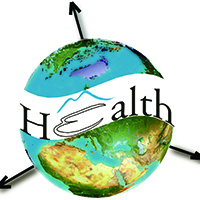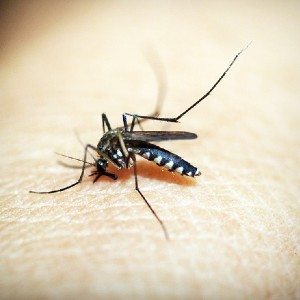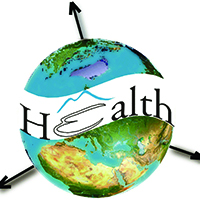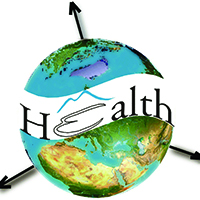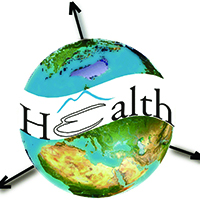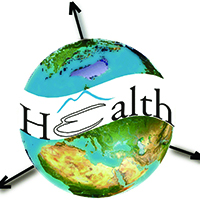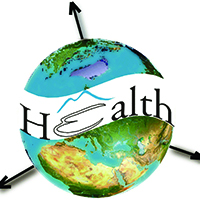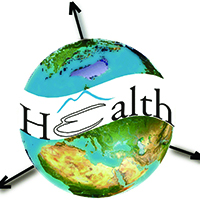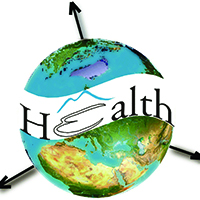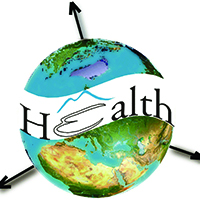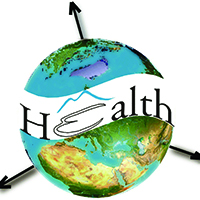FOR AUTHORS
Search
Search Results
##search.searchResults.foundPlural##
-
Identifying counties vulnerable to diabetes from obesity prevalence in the United States: a spatiotemporal analysis
2525PDF: 1194APPENDIX: 410HTML: 1128 -
Spatial accessibility to basic public health services in South Sudan
8211PDF: 2449APPENDIX: 5835HTML: 1120 -
Prediction of dengue cases using the attention-based long short-term memory (LSTM) approach
1833PDF: 899Supplementary Materials: 132HTML: 44 -
Report-back for geo-referenced environmental data: A case study on personal monitoring of temperature in outdoor workers
2287PDF: 1000APPENDIX: 322HTML: 75 -
-
Spatial patterns of the total mortality over the first 24 hours of life and that due to preventable causes
958PDF: 462Appendix: 119HTML: 21 -
To what extent does climate explain variations in reported malaria cases in early 20th century Uganda?
3896PDF: 1161Appendix: 496HTML: 1211 -
Balancing geo-privacy and spatial patterns in epidemiological studies
3789PDF: 1127APPENDIX: 497HTML: 946






